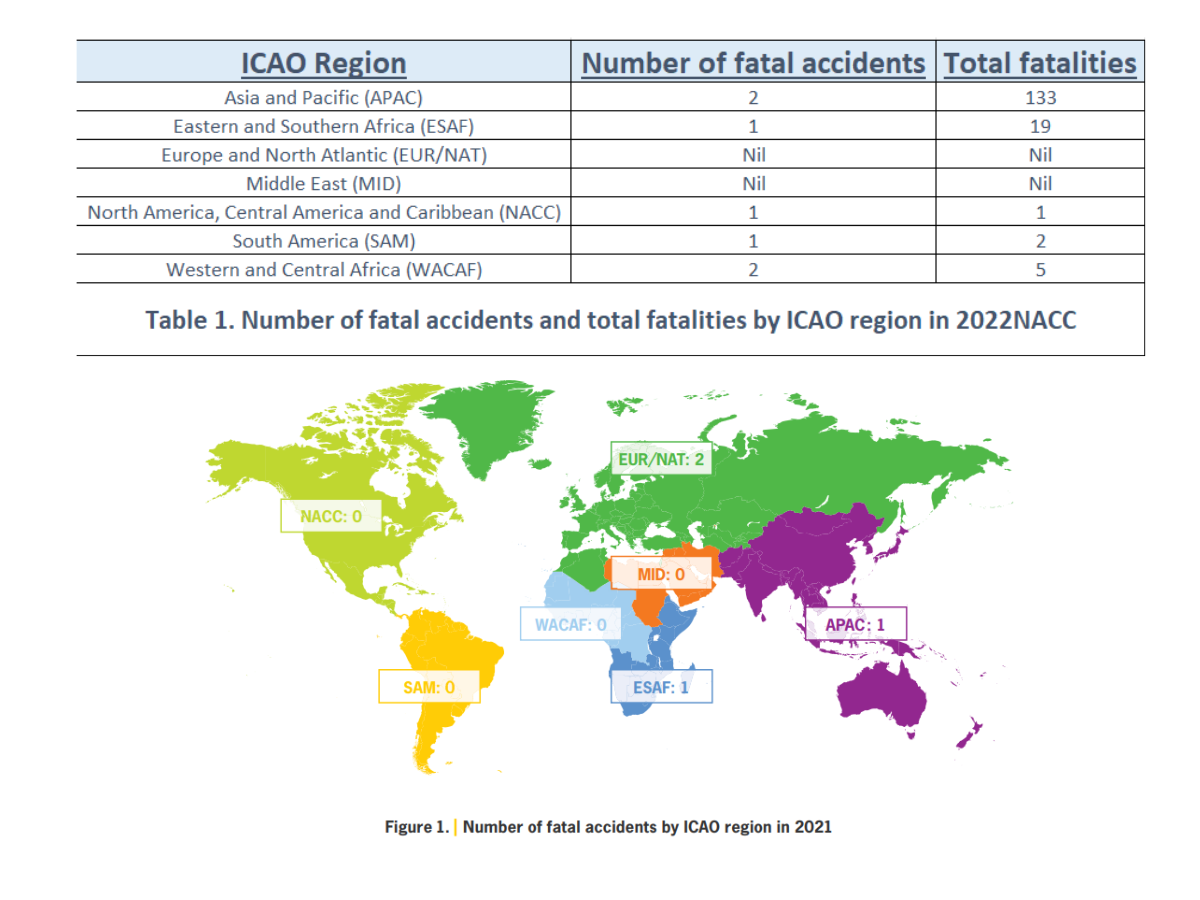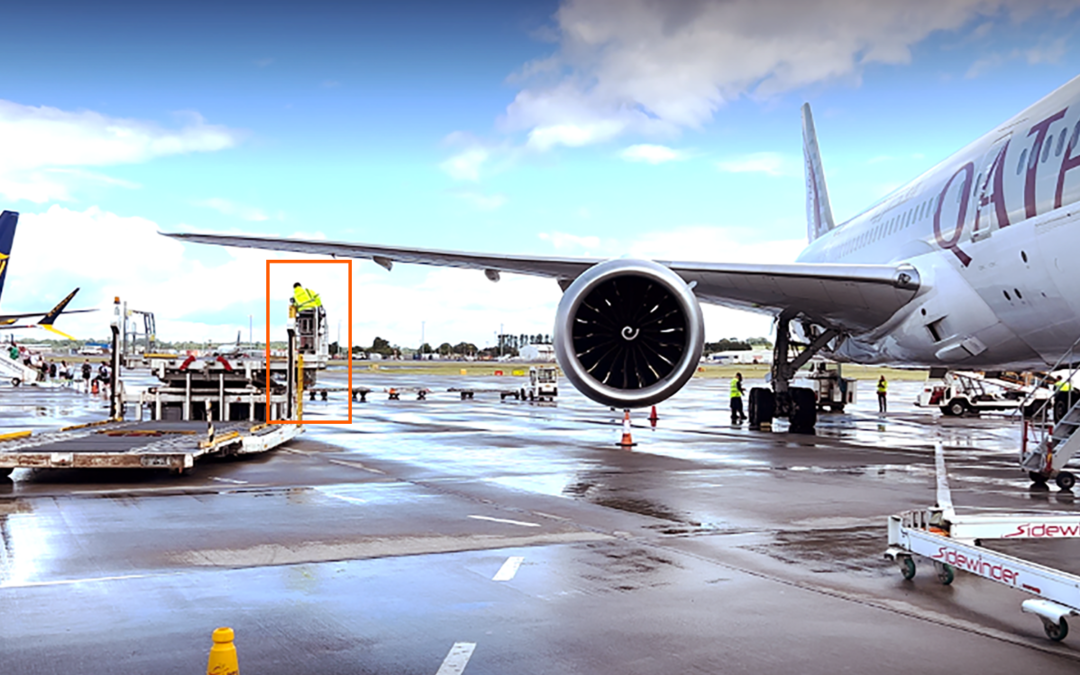Safety Management Systems in Aviation: A New Era of Safety
“Don’t be safety-blinded, be safety-minded”
As air travel continues to expand, it’s imperative that we intensify our efforts and implement innovative strategies to enhance aviation safety. Over the years, the aviation industry has seen a significant shift in how safety is managed. Safety Management Systems play a crucial role in this endeavor by enabling airports to identify and rectify safety issues before they escalate into aircraft accidents or incidents.
What is an Airport Safety Management System?
An Airport Safety Management System (SMS) is a systematic approach to managing safety at airports. It’s designed to detect and correct safety problems before they result in aircraft accidents or incidents.
The Federal Aviation Administration (FAA) has been introducing SMS to airports in several ways. For instance, the FAA’s final rule on Safety Management Systems (SMS) for Part 139 certificated airports was published in the Federal Register.
The SMS includes several components and their interactions and guides in planning, implementing, and operating an airport SMS. It also introduces and guides the application of a risk-based approach to wildlife hazard management programs and outlines additional steps for integrating programs into an airport’s SMS.
The ultimate goal of an SMS is to reduce incidents, accidents, and fatalities in the airfield operations environment. With the expected growth in air transportation, greater efforts and new measures will be needed to continue improving aviation safety, and the use of SMS at airports can contribute significantly to this effort.
The Components of an SMS
An effective SMS is built on four key components: Safety Policy, Safety Risk Management, Safety Assurance, and Safety Promotion. Each component plays a crucial role in ensuring the overall effectiveness of the system.
Safety Policy
This focuses on establishing an environment that enables effective safety management. It is founded on a safety policy outlining your organization’s commitment to managing safety.
Safety Risk Management
This involves the identification of safety risks, risk assessment and mitigation.
Safety Assurance
This involves processes that ensure the organization meets or exceeds its safety objectives through the collection, analysis, and assessment of data.
Safety Promotion
This involves training, communication, and other actions to create a positive safety culture within the organization
The Importance of Airport Safety Management System

As you can see from the above reports by ICAO, implementing SMS has played a key role in reducing fatal accidents around the globe.
An Airport safety management system is not just a regulatory requirement, it’s the cornerstone of safety in aviation. It’s a systematic approach that allows airports to detect and rectify safety issues before they escalate into aircraft accidents or incidents. This proactive approach significantly enhances safety performance and is a testament to the industry’s commitment to safety.
For instance, Part 139 certificated airports are required to implement an SMS to ensure adherence to FAA regulations. This compliance is not just about meeting regulatory requirements, it’s about fostering a culture of safety within the organization.
Risk management is at the heart of an SMS. It enables airlines to identify and mitigate safety risks they face during their daily operations. This systematic approach to risk management leads to safer operations and is a key factor in maintaining the industry’s impressive safety record.
Looking ahead, with the anticipated growth in air transportation, the importance of SMS will only increase. New measures and greater efforts will be needed to continue improving aviation safety. The use of SMS at airports will play a pivotal role in this endeavor.
‘THE’ Looming challenge around Airport Safety management
The aviation industry has made significant investments in sophisticated tools for efficient planning and scheduling of manpower, ensuring equipment readiness, and establishing flight schedules. However, the real challenge arises on the day of operations. Initial delays often occur due to Air Traffic Control (ATC) prioritizing safety over operational efficiency. Additionally, delays may result from insufficient readiness of resources to initiate the turnaround process.
Operations are guided by Service Level Agreements (SLAs) and Standard Operating Procedures (SOPs), which often limit visibility into the turnaround process. This makes it challenging for airlines and airports to proactively prevent or recover from delays. These factors collectively affect the overall preparedness of the aircraft for on-time departures. The target off-block time is frequently not met, leading to changes in the target startup approval time (TSAT) and departure sequence, which can result in additional delays during take-off.
ZestIOT’s Solution
ZestIOT’s technology generates intelligent data and provides visibility into every aspect of aircraft turnaround processes, starting from the moment the aircraft is On Block. This is achieved through a seamlessly integrated platform that acts as a single source of truth, referred to as the TurnTracking Digital Twin of Aircraft. This platform provides real-time situational awareness and drives operational efficiencies by enabling faster decision-making. It allows users to not only handle exceptions but also predict the Take-Off Block Time (TOBT).
With ZestIOT’s Ground Radar Connected Operations, you can take your aircraft turnaround operations to the next level. This revolutionary platform uses AI, IoT, and mobile process monitoring to create a digital twin of your airport operations. It provides real-time insights, boosts efficiency, and even predicts TOBT, ensuring a guaranteed return on investment.
What sets ZestIOT apart is its seamless integration. Camera-based AI, IoT sensors, and mobile apps work together to deliver a holistic view of your operations. Real-time insights empower efficient decision-making, minimizing turnaround times, and proactively handling exceptions. With ZestIOT, you gain the power to predict future scenarios, including accurate TOBT calculations, ensuring smooth operations and optimized schedules. The result is tangible improvements in efficiency, punctuality, and cost savings, leading to a definitive return on your investment.
But ZestIOT’s impact extends beyond security. The company’s Turnaround Digital Twin optimizes every step of the turnaround process, saving valuable time and resources. Data-driven insights from ZestIOT’s analytics platform empower you to make informed decisions that improve ground operations across the board. Moreover, ZestIOT’s solutions not only enhance safety and security but also lead to significant cost reductions through optimized processes and predictive maintenance.
How ZestIOT improve safety in aviation?
Over the years, muscle memory has played a crucial role in ensuring safety in various fields, including aviation ground operations. However, in today’s fast-paced world, attracting and retaining skilled talent in ground operations has become increasingly challenging. So, how can airlines and Ground Handling Agents (GHAs) ensure safety in this new age?
- Understanding the learning gaps of the new-age workforce is essential. It’s important to help them develop muscle memory, similar to their experienced counterparts. Crucially, timely reminders about safety checks before the commencement of a task can play a significant role in ensuring safety.
- Smart systems, virtual offices for ground personnel who lack a physical office, and content tailored to specific users and roles could be the way forward.
- Smart systems can provide real-time updates and reminders, ensuring that safety checks are not missed.
- Virtual offices can provide ground personnel with the resources and information they need, right at their fingertips.
- Lastly, providing content that is specific to a user’s role can ensure that they are well-equipped to handle their responsibilities safely and efficiently.
In a nutshell..
As the aviation industry continues to evolve with advancements in technology and increasing air traffic, the role of SMS is becoming increasingly significant. The International Civil Aviation Organization (ICAO) and civil aviation authorities worldwide recognize SMS as the next step in the evolution of safety in aviation. The implementation of SMS is becoming a standard across the industry, integrating modern safety risk management and safety assurance concepts into repeatable, proactive systems.
The combination of Safety Management Systems and innovative products like ZestIoT’s Ground Radar is ushering in a new era of safety in aviation. This synergy is expected to enhance operational efficiency, improve safety performance, and ultimately contribute to the sustainable growth of the aviation industry.


Recent Comments